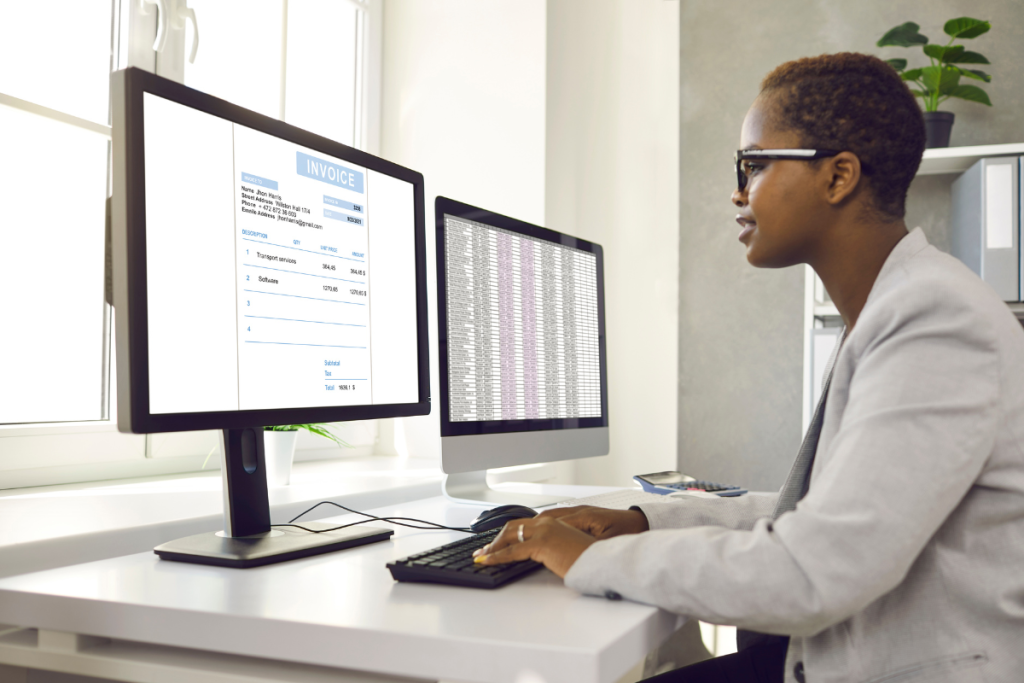After two tumultuous years of fighting a headline dominating pandemic, it’s easy to appreciate how the climate crisis was put on the back-burner. However, as life returns to a new ‘normal’ and offices reopen, everyone is now steering the conversation to how we collectively reach net-zero goals.
There’s been a definitive shift in workforce priorities. Employees are increasingly concerned with how their companies are actively getting involved in the collective effort to reduce the global carbon footprint.
This has been further emphasised by a more challenging recruiting landscape, and the need to attract and retain staff following last year’s ‘Great Resignation’ is greater than ever. Now, business owners have no other choice but to find innovative ways to appeal to talent, this includes redesigning the modern workspace with sustainability in mind.
Sustainability and what it means today
What we’ve observed in office spaces throughout time is that more often than not, as one lease finishes and another starts, these spaces are stripped and completely refitted every time a new occupant moves in. This means perfectly suitable building materials and furnishings find themselves sent to the landfill or recycling plant.
However, knowledge and understanding of sustainable design have evolved significantly over the last decade. As the client-side demand for greener buildings rises and the way we use office space is dramatically transforming.
Beyond reducing environmental impact, there are countless criteria to consider when designing a sustainable office space. This can range from using circular-manufactured materials and lean architecture to specifying for wellbeing and implementing natural HVAC systems.
Here I look at some of the latest trends and ideas which are shaping sustainable design in 2022.
Realising value in sustainable design
A misconception persists that sustainable design is prohibitively expensive, a good example would be single-use plasterboard drywall vs. circular-manufactured aluminium framed glass partitions.
In the past, business owners have favoured the solution with the lowest upfront price tag, without considering the more sustainable option which, although more expensive upfront, might be the most effective option long-term.
It’s also wrong to think sustainable design lacks visual appeal. We’ve come a long way aesthetically, and specifiers and clients now appreciate the importance of creating spaces not only functional but equally stylish and comfortable, particularly as these factors have proven to have a direct impact on engagement and productivity at work.
A good example would be to consider refurbishing current office furniture and furnishings to give the space a fresh new look instead of discarding them. If these items are still in good condition and functional, it is essential we give them a second life while prioritising natural materials over synthetics and plastics.
The rise Circular Systems
Further, adopting a systems-based approach can enhance a sustainably designed commercial space. For example, opportunities exist to reduce utility bills by designing spaces incorporating elements of automation and capitalise on natural ventilation and sunlight.
Adopting a full lifecycle approach to the design process also helps, following the now universally appreciated mantra of the ‘Circular Rs’. Creating a sustainable space that will outlast the incumbent occupier means one which is delivering the full value of the component specified. Equally, premium products and materials will have longer life-spans, meaning they can be reused multiple times before even considering recycling. This maintains the desired degree of style, whilst delivering the substance of a robust, high-performance interior which will reduce the frequency of refit.
Designing for Wellbeing
Staff wellbeing is also a major factor to consider when it comes to creating sustainable workplaces. If there is one lesson to be learned from the past two years, it’s that people are a limited resource that should never be abused nor depleted. A sustainable workforce goes beyond hiring people with the right skills, it’s about nurturing long-term growth and engagement.
A well-thought-out office space is adapted to its team’s evolving needs and provides a good balance of areas destined for collaboration and for high-focused work. We’re also seeing more and more biophilic elements incorporated into spaces, which utilise natural materials and experiences to maintain a connection to nature within the work environment. Biophilic design has been found to support cognitive function and physical and mental health, ultimately beneficial to staff wellbeing, creativity, and productivity.
Effective acoustics are also essential design elements to consider in a sustainable workspace, as sound levels have been proven to directly impact comfort and mental health. Of course, some of these examples may seem trivial, but as the average office worker spends most of their waking hours in the office over the course of their career, creating a space with sustainability and wellbeing in mind is paramount.
It’s time to rethink the spaces we work in, prioritising solutions that are designed to evolve as we change and as we grow. Ultimately, there’s more to sustainable design than reaching net-zero goals, it’s about understanding what truly matters to the people who utilise the space and aligning with their values to create a harmonious environment.
















































































































































